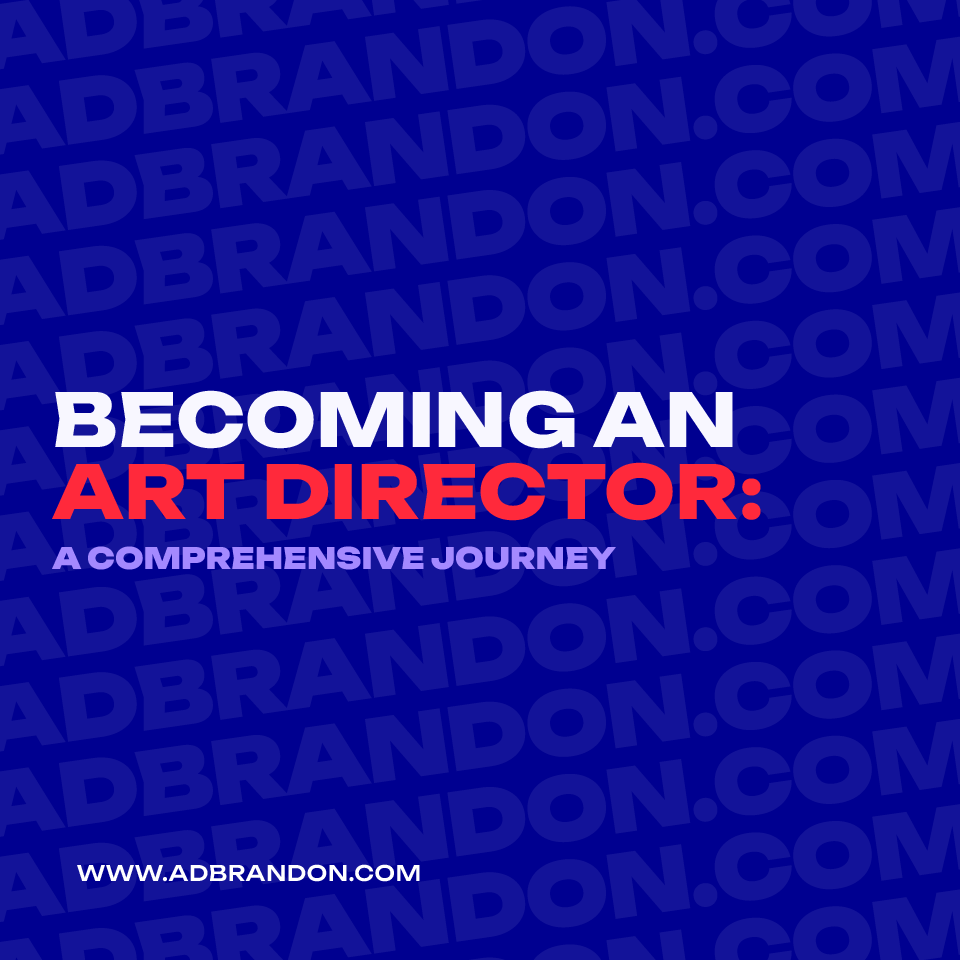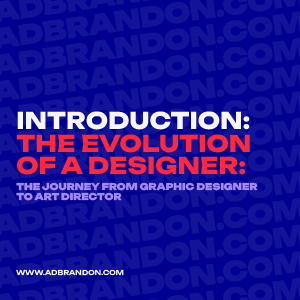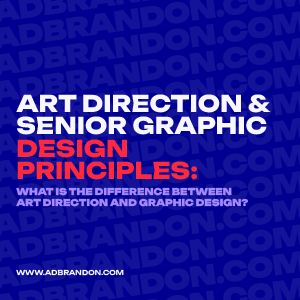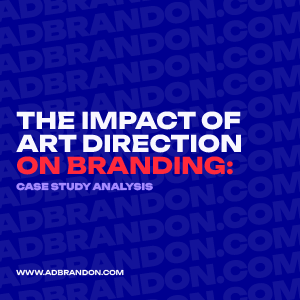
Becoming an Art Director:
A Comprehensive Journey
Introduction to Art Direction
What is an Art Director?
An art director is a visionary who oversees the visual aspects of a project, ensuring that the final product resonates with the intended audience. They are the bridge between the client’s vision and the creative team’s execution.
The Role and Responsibilities
From selecting the right color palettes to coordinating with photographers, illustrators, and designers, an art director wears many hats. They are responsible for guiding the creative process, ensuring that the project stays on track, and meets the client’s expectations.
The Path to Becoming an Art Director
Educational Requirements
While many art directors come from a background in graphic design or a related field, a formal degree is not always necessary. However, a strong foundation in design principles, coupled with relevant coursework, can give aspiring art directors an edge.
Gaining Relevant Experience
Starting as a junior designer and working your way up, gaining experience across various projects, is a common path. Internships, freelance work, and even personal projects can provide valuable insights into the industry.
Building a Strong Portfolio
A portfolio is an art director’s calling card. It showcases their style, versatility, and ability to execute a vision. Including a mix of personal and professional projects can give potential employers a holistic view of one’s capabilities.
Skills and Qualities of a Successful Art Director
Technical Skills
From proficiency in design software to understanding typography, an art director must be equipped with a range of technical skills.
Soft Skills
Communication, empathy, and the ability to handle feedback are just as crucial. An art director must guide their team with clarity and confidence.
Leadership and Management
Leading a team requires patience, understanding, and the ability to inspire. An art director must balance their creative vision with the practicalities of deadlines and budgets.
The Day-to-Day Life of an Art Director
Collaborating with Teams
Every day is a new challenge. From brainstorming sessions to client meetings, an art director is at the heart of the creative process.
Meeting Deadlines and Managing Budgets
Juggling multiple projects, ensuring that each one is on track, and making sure that the creative vision aligns with the budget are all in a day’s work.
Continuous Learning and Adaptation
The world of design is ever-evolving. Staying updated with the latest trends and continuously honing one’s skills is essential.
The Future of Art Direction
Industry Trends and Innovations
From the rise of digital mediums to the emphasis on sustainability, the future holds exciting possibilities for art directors.
Opportunities and Challenges Ahead
While the demand for skilled art directors continues to grow, so does the competition. Staying ahead of the curve and continuously innovating will be key.
Conclusion
The journey to becoming an art director is filled with learning, growth, and endless creativity. With passion, perseverance, and the right skills, one can carve a niche in this dynamic field.
FAQ
Q1: How many years does it take to become an art director?
A1: The journey to becoming an art director varies for each individual. Typically, after obtaining a bachelor’s degree in a related field, which takes about four years, many start as junior designers or in entry-level positions. With consistent work and experience, it can take an additional 5-10 years to rise to the position of an art director. So, on average, it can take anywhere from 9 to 14 years, considering both education and work experience.
Q2: How do I start an art director career?
A2: Starting a career as an art director involves a combination of formal education, building a strong portfolio, and gaining relevant experience. Begin with a degree in graphic design, visual arts, or a related field. Internships and junior roles in design firms or advertising agencies can provide valuable experience. Continuously update your portfolio to showcase your best work, and network with professionals in the industry. As you gain experience and expertise, you can work your way up to the role of an art director.
Q3: Are art directors in high demand?
A3: Yes, art directors are in high demand, especially with the rise of digital media and the continuous need for advertising and marketing campaigns across various industries. As brands and companies strive to differentiate themselves in the market, the role of an art director in creating visually compelling and effective campaigns becomes crucial.
Q4: How old are art directors usually?
A4: The age of art directors can vary widely based on their individual career paths. However, considering the time it takes for education and the years of experience required to reach this position, many art directors are typically in their late 20s to early 40s when they first assume this role.
Q5: What’s the difference between an art director and a creative director?
A5: While both roles operate in the creative realm, they have distinct responsibilities. An art director focuses primarily on the visual aspects of a project, overseeing the design elements, and ensuring that the visual representation aligns with the project’s goals. On the other hand, a creative director oversees the entire creative process, from concept to execution, and manages both the visual and content aspects. They often work with teams across various departments, including design, copywriting, and marketing, to ensure a cohesive and effective campaign.
Let’s Connect!
Start your creative journey today!
An Art Director’s Blog
Explore more of my articles.














